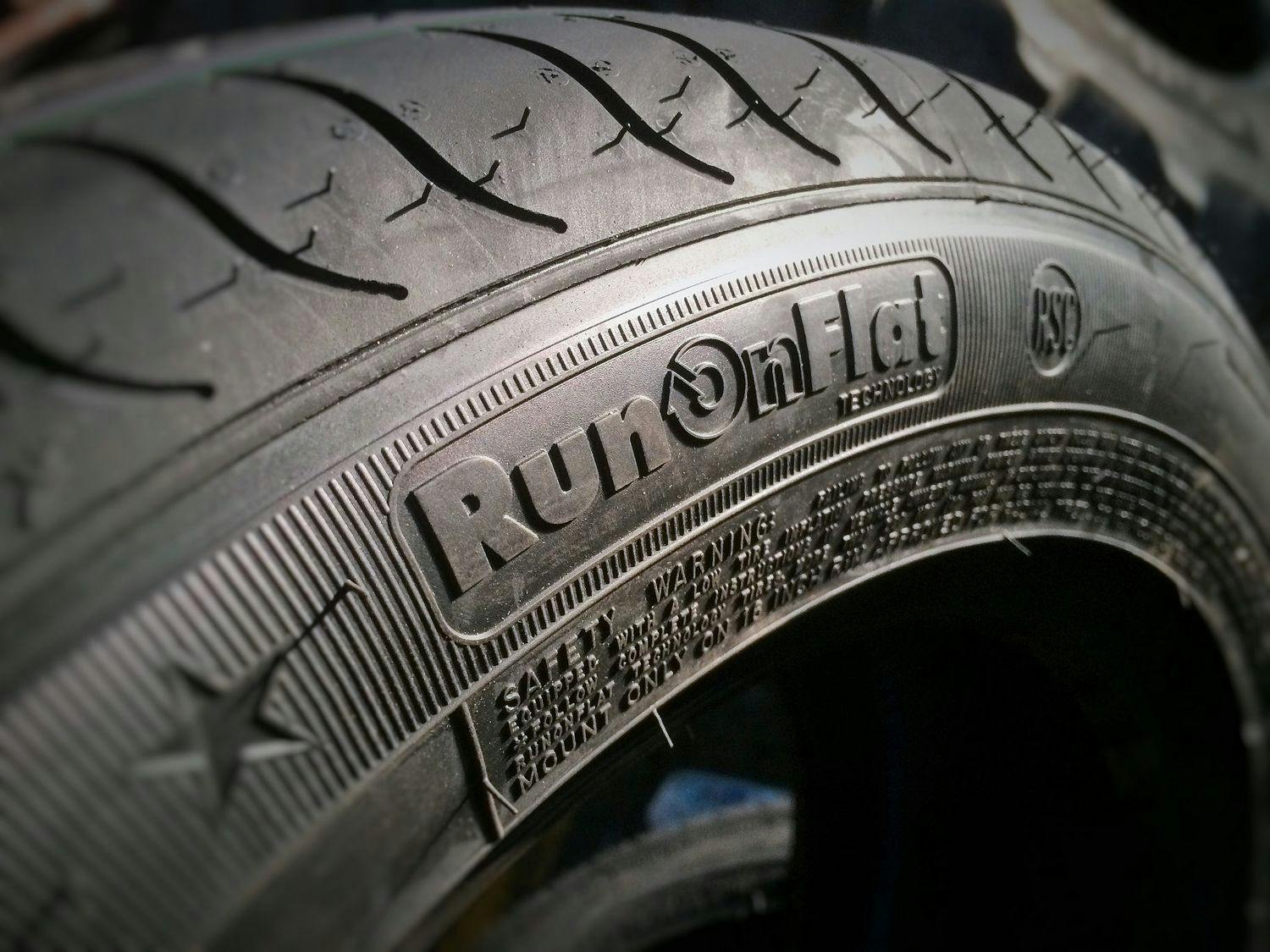Run-flat tires: How do they differ from standard tires?

Run-flat tires, as the name suggests, are designed to allow you to drive up to 80 km (50 miles), depending on the type of tire, at a limited speed of 80 to 90 km/h (50 mph) in the event of a puncture or loss of pressure.
The vehicle fitted with run-flat tires must have working wheel air pressure sensors so that you'll see a tire pressure warning light if the pressure loss happens. Without these sensors, you won’t have a chance to know that there is a problem.
Table des matières
Run-flat tires can be constructed using three different technologies, namely:
1. Self-supporting run-flat tires
They are the most common Run-flat tires for cars and light trucks. In the event of a puncture, the tire will allow a sufficient range at a limited speed, but its subsequent repair is costly and often impossible. The sidewalls of this type of tire are heavily reinforced.
2. Self-sealing run-flat tires
In addition, these tires contain lining, which in the case of a small hole (defect), will displace itself. This way, the air leak will be prevented in the first place, and the tire will be permanently repaired or at least ensure that the air will be lost very slowly. These tires are heavier than the standard tires by 15 to 20%.
3. Run-flat tires equipped with a support ring
These tires contain another support ring attached to the wheel, which can support the vehicle's weight in case of tire pressure loss. A run-flat liner can carry heavy loads over long distances at high speeds. It is used, for example, by military, armored, and government vehicles.
Advantages of run-flat tires:
possibility to continue driving in case of pressure loss/defect
if the vehicle is traveling at high speed and there is a sudden loss of tire pressure, the driver will not lose control of the vehicle
greater load capacity by 20 to 40% compared to classic tires
Disadvantages of run-flat tires:
driving with this type of tire is harder than with classic tires
they are considerably heavier than standard tires
greater rolling resistance, which increases fuel consumption
cannot be repaired after a puncture in most cases
more expensive
Run-flat tires are mainly used by cars not equipped with the spare tire.